Gamification is one of the new and groundbreaking techniques employed to increase employee engagement and productivity in the workplace. But how exactly do you apply this in the workplace for higher rates of success? Take a closer look at some of the best examples of employee gamification and ideas for daily tasks.
6 Best Employee Gamification Examples
In a game, you need to score points to increase your level or status. In some cases, players can earn points that can later be converted into rewards or to level up. The same concept applies to the top employee gamification examples, with the end goal of increasing employee engagement and motivation for higher productivity.
However, the use of this approach does not guarantee success. It is all about choosing the right approach and implementing it with a well-thought-out strategy. These are some examples you can learn from.
Checkout Gamify for SharePoint & Microsoft Office 365
Example 1: Gamification in Training
Using gamification techniques in the workplace will be seamless if you incorporate it as part of the employee training. This is one of the best ways to unlock the benefits of friendly competition within your company, allowing you to also develop your employees’ will to push each other to become the best.
When providing training modules or e-learning courses to employees, you can assign points to each trainee for completing certain tasks or achieving a particular result. You can also establish leaderboards where all of the employees undergoing training can track down their individual performances and overall ranking. For those who excel in training, you can provide badges (virtual or not) which can be converted into rewards. It will not only incentivize participation, but also fosters a motivated learning experience.

Example 2: On-the-Spot Recognition
When you are playing a game and you complete a certain task or mission, you are given instant rewards and badges. You can also implement this same approach when it comes to gamifying your employees to boost engagement. By giving instant rewards, you can add a sense of spontaneity in the workplace, which motivates employees to always do their best, not just during training or when there is ongoing competition.
Unexpected rewards also encourage repeated examples of excellent behavior in your employees. It makes the workplace productive and more exciting since your employees are giving their best foot forward every day they walk into the office!
Example 3: Social Media Style Recognition
Social media is an integral part of any organization – both as an organization and among the individual members. It is very likely that most of your employees are on social media. You can leverage that to add gamification techniques to your workplace.
You can use your company’s social media page to host events that will encourage employee engagement. For example, every month, you could select a few employees that were excellent in their jobs (you must clearly define the parameters for choosing the nominees for this) and then you can ask other members of the organization to “like” their chosen nominee. At the end of the polling period, you announce the winner for the award on your social media page.
It not only adds a game element to your organization’s campaign to boost engagement, but it can also increase the organization’s social media engagement. It’s a win-win!
Example 4: Interactive Leaderboards
The use of leaderboards is one of the most iconic elements that you can incorporate into your gamification strategy. This type of example best applies to companies whose employee performances can be tracked quantitatively, such as sales goals and other milestones.
Every month (or year), you can create a leaderboard that will track down the performance of every individual member of your sales team or sales groups. The points-based leaderboard will be updated on a periodic basis to give the employees a chance to see where they stand, and it motivates them to be more productive and increase their performance.
Example 5: Hosting Company Competitions
The success of using gamification techniques is not based solely on improving performance or productivity.
For example, you can host a costume competition during Halloween or get your employees involved in a cook-off in the summer. The activities you host may or may not be related to the type of products or services your company is engaged with. The idea is to give your employees a break from the daily tasks and to improve morale. By engaging in these activities, they will return to work feeling renewed and motivated.
Example 6: Progress Bars for Daily Tasks
Companies that are involved in collecting, mining, and organizing data will find that it is a tedious task. Employees that are involved in this particular task know just how boring this can get. Over recent years, the sheer amount of data available to organizations has made a quantum leap.
You can add gamification techniques to this particular task in order to relieve boredom and to make your employees more engaged. For example, you can assign points to your employees for completing a certain task based on given data and the complexity of the data involved. The more complex the task is, the more points they earn. The points will be tracked in their daily task progress bar.

Lessons from these Employee Gamification Examples
There are several ideas that you can use to develop your own strategy for implementing gamification techniques into your workplace. You can certainly innovate on your own too! The above-discussed employee gamification examples should give you a place to start when asking how and where you can integrate these concepts that will prove beneficial for your organization. When it comes to dealing with daily tasks, one of the best areas that you can use is the gamification concept because it turns a boring task into a fun and engaging activity – when done right.
It’s also important to note that each organization is different, so you may have to go through a trial-and-error phase before you can find a way to truly engage your employees!
FAQ about Employee Gamification
How can gamification drive workplace performance?
Gamification in the workplace involves applying game mechanics, such as earning points and leveling up, to daily tasks and goals. This strategy aims to boost employee engagement and motivation, leading to increased productivity. By incorporating gamified elements, employees are encouraged to participate actively and strive for higher performance levels.
How effective is gamification?
The effectiveness of gamification depends on the implementation and strategy behind it. While it can significantly boost motivation and engagement, it’s not a one-size-fits-all solution. The key is to tailor the gamification approach to fit the organization’s unique culture and goals, ensuring it resonates with employees and drives the desired outcomes.
How does gamification motivate people?
Gamification motivates people by leveraging the natural human desire for competition, achievement, and recognition. When employees earn points, badges, or rewards for completing tasks, they feel a sense of accomplishment and are more likely to stay engaged and motivated. Leaderboards and instant recognition can further enhance this motivation by fostering a sense of friendly competition and immediate gratification.
Why do people like gamification?
People enjoy gamification because it adds an element of fun and excitement to their routine tasks. It transforms mundane activities into engaging challenges, offering rewards and recognition along the way. This approach not only makes work more enjoyable but also fosters a positive and energetic work environment, where employees are eager to participate and excel.
Related Topics:
- Advantages of Companies Using Gamification for Employee Engagement
- Gamification Software – How to Engage Your Workforce
- Gamification in the Workplace: Transforming Traditional Work Environments into Engaging Spaces
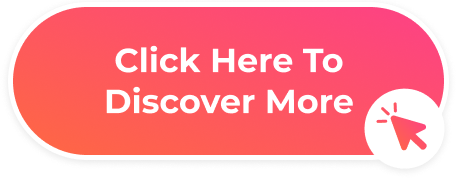

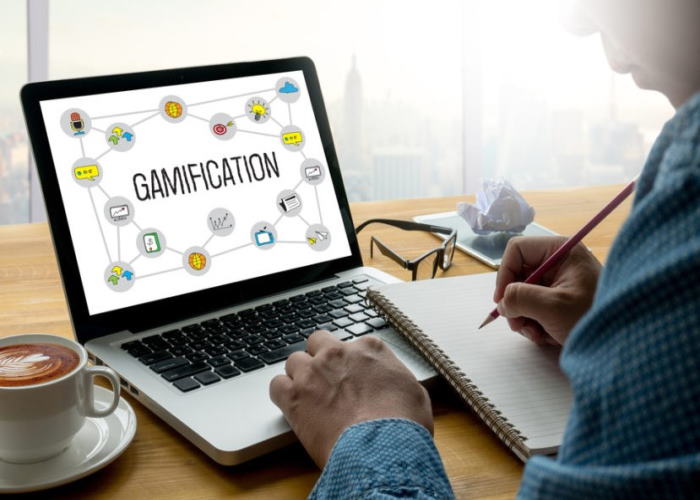
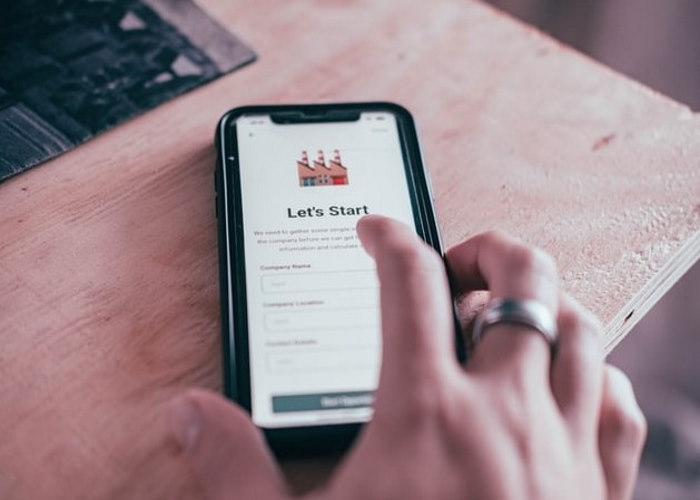


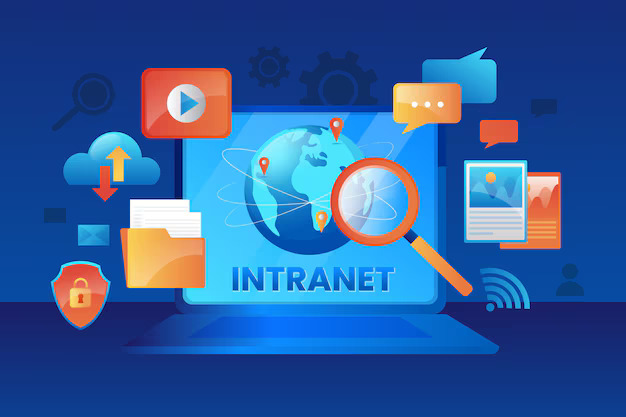
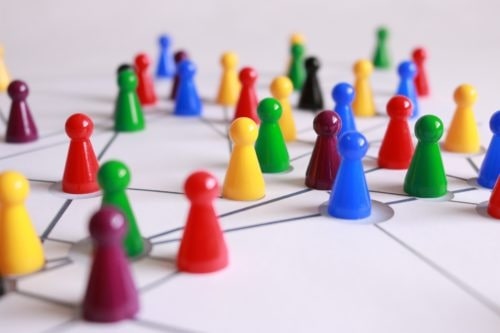
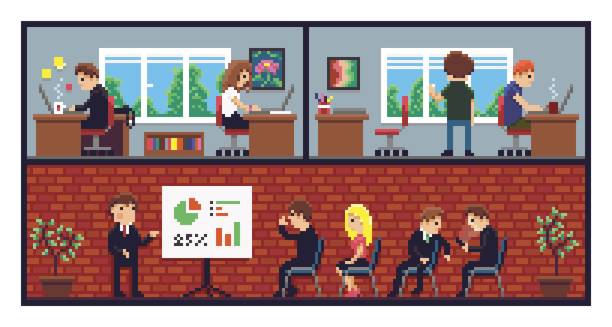

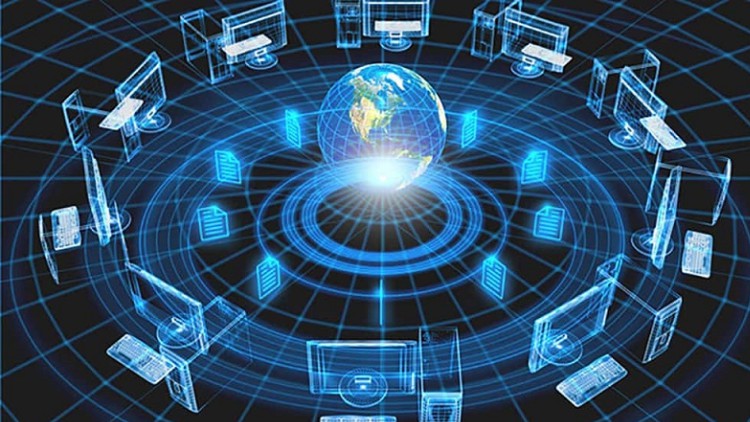
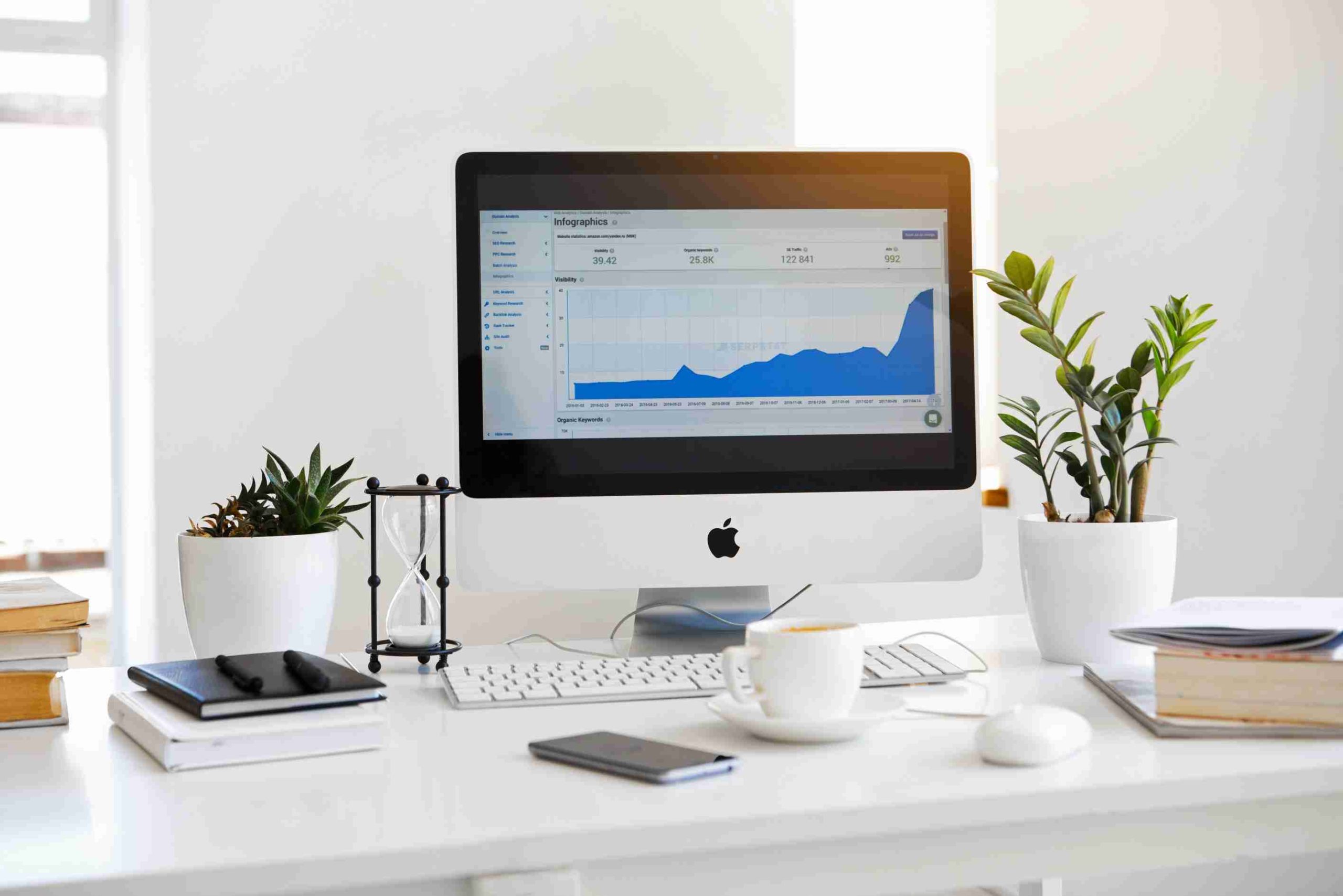

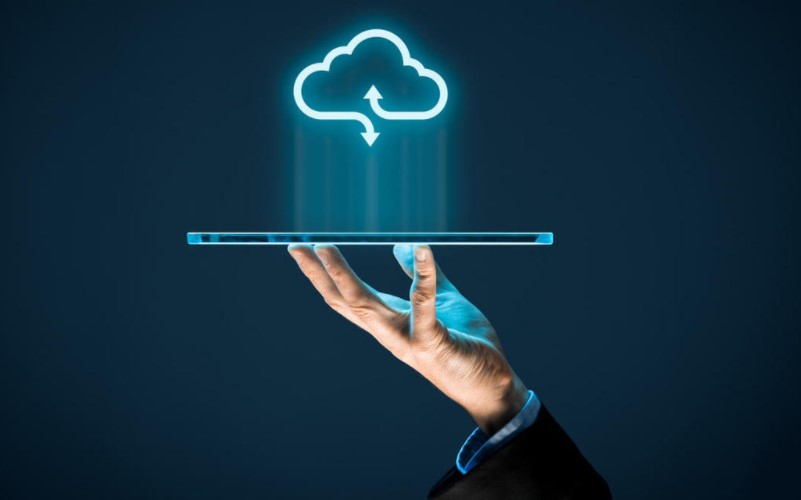

 Follow @cardiolog
Follow @cardiolog 